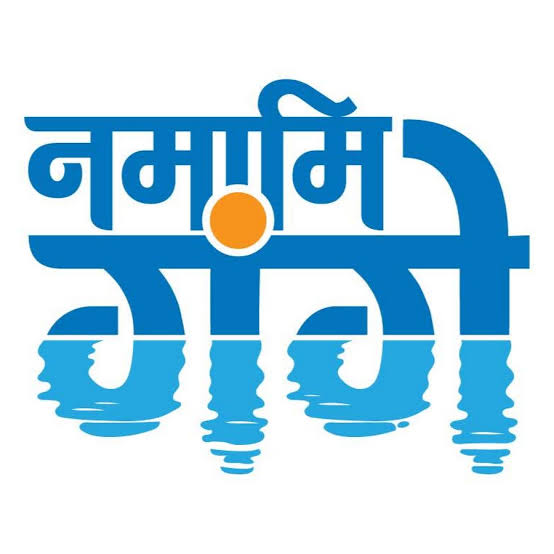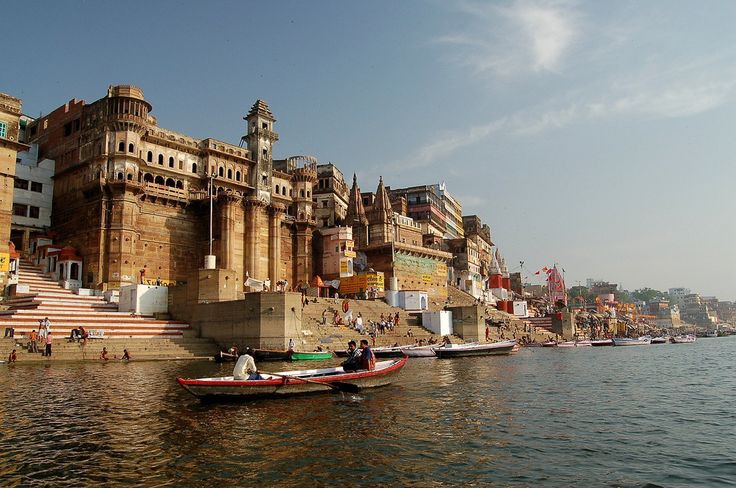Introduction: Significance of the Namami Gange Mission
Launched by the Indian government in 2014, the Namami Gange Mission seeks to clean and revitalize the Ganga River, among the most revered rivers in India. Apart from its great spiritual and cultural value, Ganga supports millions of people depending on its waters for everyday needs, agriculture, and industry. But untreated sewage, industrial trash, and unbridled pollution throughout the years have seriously degraded the river's condition. The Namami Gange Mission, which operates on a comprehensive strategy to clean, restore, and guarantee the ongoing flow of the river, was started in response to this developing situation.

Driven by infrastructural development, technology, and public awareness, this goal has already achieved amazing successes. Key players in this national endeavor have lately been four initiatives in Uttar Pradesh and Bihar. Completed ahead of their deadlines, these initiatives are significantly helping to lower pollution, enhance local surroundings, and generate job possibilities.
The Fourmilestone Projects
1. Mirzapur, Uttar Pradesh – A Sewage Treatment Game Change
One of the main projects under the Namami Gange Mission, the Mirzapur project is situated in Uttar Pradesh, a state where a great part of the Ganga travels. Designed to treat the sewage generated by the city's increasing population, this project comprises the building of a state-of- the-art Sewage Treatment Plant (STP). Untreated sewage poured straight into the Ganga before the STP was established, contaminating the river and compromising the health of nearby towns.
Completing two months ahead of time with a budget allocation of ₹553.21 crores, the project shown dedication and efficiency. The capacity of the plant guarantees that the lower pollution levels benefit not only Mirzapur but also the surroundings. Strict environmental criteria are met by the treated water, therefore stopping more river contamination.
2. Ghazipur, Uttar Pradesh– Changing Local Communities
The Namami Gange Mission has also brought about major changes in Ghazipur, another important city beside the Ganga. Due mostly to untreated sewage and industrial waste, the area suffered great problems with water pollution before the intervention. The dirty water that the local people had to deal with resulted in health issues and hampered tourism.
Now running millions of daily wastewater treatment for Ghazipur is the Sewage Treatment Plant. The river's pollutant levels have been much lowered as a result. More importantly, the initiative has created local residents' sustainable livelihoods and job possibilities. More visitors drawn to the cleaner Ganga have also helped the nearby businesses.
3. Bareilly, Uttar Pradesh – Ahead of Time, Delivering Results
Third project to reach early completion is Bareilly, a city not situated on the banks of the Ganga but impacted by the Ramganga River, a significant tributary. Eventually joining the Ganga, the Ramganga River is kept free from pollution in great part by Bareilly's STP. Once a major source of pollution impacting the Ganga and local ecosystems.
Three months ahead of expected, the Bareilly STP was finished because to the Namami Gange Mission. Together with projects at Mirzapur and Ghazipur, this one greatly helps to lower the general pollution load in the river system. By means of cleaner water for irrigation, the decrease in pollution levels has enhanced the quality of life for the nearby residents and benefited local agriculture.

4. Munger, Bihar – An Important Advance towards Ganga Protection
Turning now to Bihar, the Munger Sewage Treatment Plant shows a notable contribution the state makes to the Namami Gange Mission. Long suffering with water pollution, Bihar especially in areas where businesses and cities dump untreated garbage into the Ganga, has struggled. Built at an investment of ₹523 crores Munger's STP is a pillar project meant to help to address these problems.
Like its predecessors in Uttar Pradesh, the Munger STP was finished ahead of time, therefore highlighting the effectiveness of the execution of the project. Millions of liters of sewage are treated by the plant daily, therefore guaranteeing that dangerous toxins never find their way into the river. Apart from the Ganga, the clean water output from the STP benefits the nearby ecosystems and local businesses.
Sewage Treatment Technological Innovation
Modern technology is one of the main factors for the success of these four projects in producing outcomes ahead of time. Modern techniques used by the Sewage Treatment Plants in Mirzapur, Ghazipur, Bareilly, and Munger help to properly treat sewage.
Among the most often utilized techniques in these factories is activated sludge process (ASP). It entails sewage aeration, therefore enabling effective breakdown of organic materials by microorganisms.
This cutting-edge technology, Membrane Bioreactor (MBR), filters even the tiniest particles from the sewage, therefore guaranteeing premium cleaned water.
Crucially for preventing algal blooms and guaranteeing the health of aquatic ecosystems, this approach **biological nutrient removal** lowers the nitrogen and phosphorous content in the treated water.
These technologies guarantee that the cleaned water satisfies high environmental criteria, therefore enabling its safe discharge into the rivers or even use for irrigation and other uses.
Social and Financial Effect of the Projects
These projects have advantages much beyond the environmental ones. Completing the sewage treatment plants has significantly raised the local economies of Mirzapur, Ghazipur, Bareilly, and Munger.
Both in skilled and unskilled sectors, the building and running of the STPs have generated employment for nearby populations. From engineering and management professions to maintenance and plant operation tasks, they pay range.
Two improvements in tourism have come from cleaner rivers and better-maintaining ghats. Improved amenities and cleaner water for pilgrims and visitors to these places now inspire longer stays and higher local economic expenditure.
Health Benefits: The enhancement in public health is among the most important effects on society. Clean water lessens the prevalence of waterborne diseases, so promoting better communities. Long-term health advantages from the decrease in pollution also extend especially to vulnerable groups like children and the elderly.
In areas where irrigation depends on river water, better water has enhanced crop yields in agricultural benefits. Farmers are free of dealing with the negative consequences of contaminated water, which can lower agricultural output and compromise soil quality.
The Part Public Knowledge and Involvement Play in
Although projects involving sewage treatment facilities are vital, public awareness and participation are also rather important in guaranteeing the Namami Gange Mission's success. Together with local authorities and NGOs, the government has started many campaigns to inform people on the need of maintaining the Ganga clean.
Swachh Ganga campaigns: These initiatives have concentrated on raising knowledge of the risks associated with river pollution and the personal actions people can take to lessen their influence. Public involvement is vital from avoiding rubbish disposal into the river to helping neighborhood clean-up campaigns.
Schools and universities in the impacted areas have included courses on river preservation into their syllabus, therefore fostering younger generation responsibility.
Considering the spiritual importance of the Ganga, religious leaders have been active in disseminating the conservation message. Nowadays, celebrations and religious activities along the river stress the need of keeping the river clean as part of their customs.
Problems and Future Viewpoint
The Namami Gange Mission nevertheless has various continuous difficulties notwithstanding the achievements of these four initiatives. The health of the river is still under strain from population increase, urbanization, and industrialization. Particularly in areas with significant manufacturing industries, management of solid waste and industrial effluents still poses a major challenge.
Still, the success of these projects in Bihar and Uttar Pradesh offers a **blueprint for next ones**. Together with technological developments and public involvement, the government's dedication to the mission guarantees that the attempts to clean and revitalize the Ganga will keep on improving.

The goal of the mission is to grow in future by encompassing more towns and areas along the Ganga and its tributaries. Maintaining the long-term benefits of current initiatives will depend critically on monitoring and maintenance of them.
Final Thought: A turning point for Ganga Protection
A major turning point in the path to clean and rejuvenate the Ganga River comes from the four essential projects in Uttar Pradesh and Bihar successfully completed. For millions of people who live along the river, these projects have not only lessened pollution but also raised their standard of living. Lessons gained from these projects will direct further initiatives as the Namami Gange Mission advances, therefore guaranteeing that the Ganga stays clean, healthy, and vibrant for next generations.












